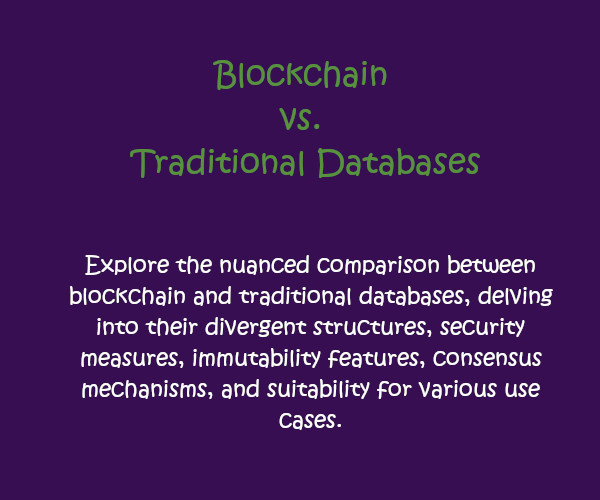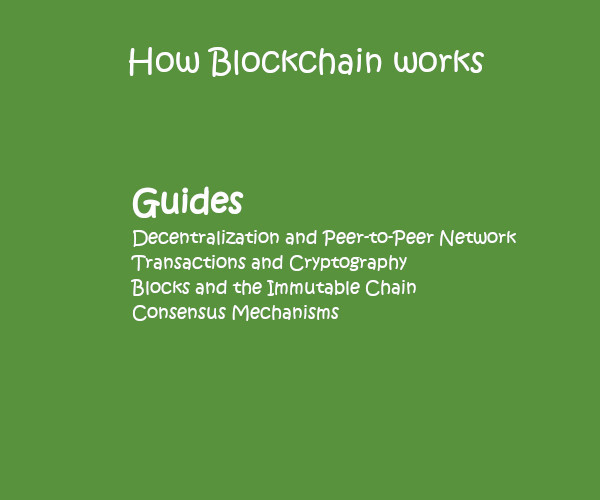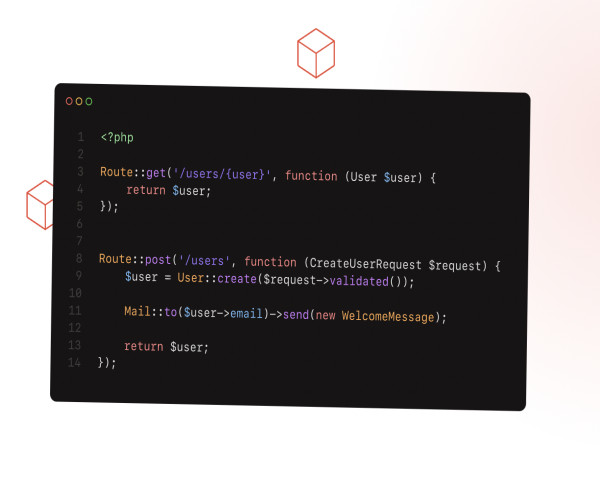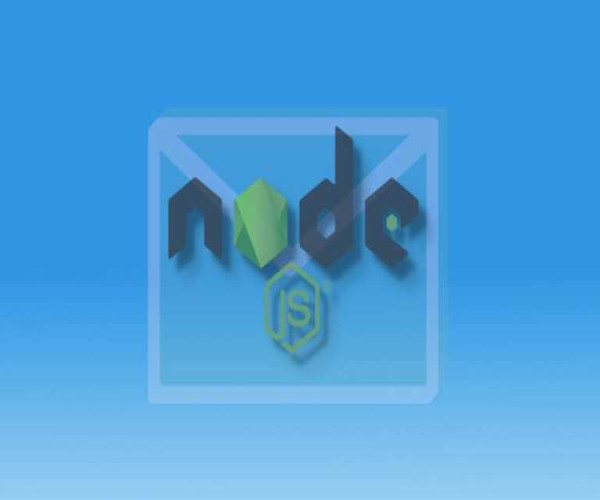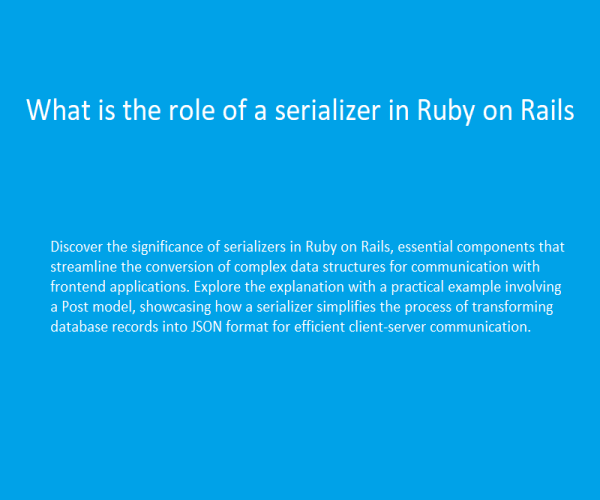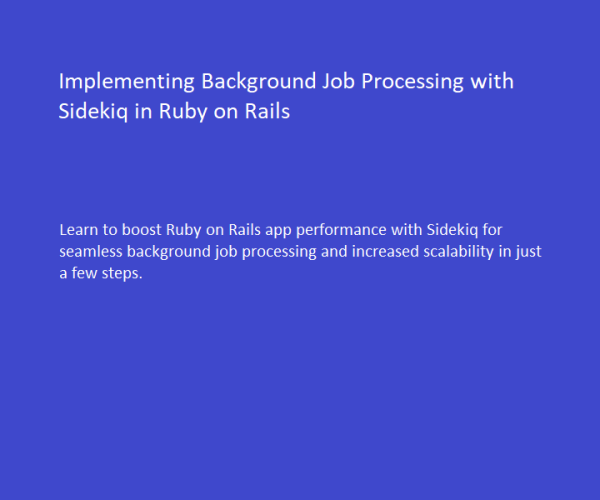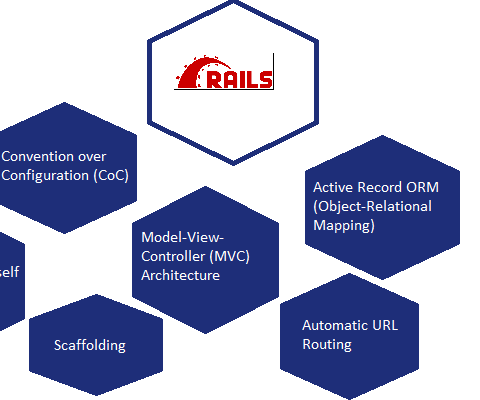
Unveiling the Basics: A Deep Dive into Blockchain Technology

Introduction:
Blockchain technology is revolutionizing the way we think about data integrity, transparency, and security. In this blog post, we'll unravel the fundamentals of blockchain, exploring its core concepts and real-world applications.
What is Blockchain?
At its core, a blockchain is a decentralized and distributed ledger that records transactions across a network of computers. Each transaction, encapsulated in a "block," is linked to the previous one, creating an immutable chain.
Key Concepts:
Decentralization:
Blockchain operates on a peer-to-peer network, eliminating the need for a central authority. This decentralization ensures greater transparency and reduces the risk of single points of failure.
Cryptography:
Cryptographic techniques secure transactions, providing privacy and preventing unauthorized alterations. Public and private keys play a crucial role in ensuring the integrity of the data.
Consensus Mechanisms:
Consensus algorithms, like Proof of Work (PoW) or Proof of Stake (PoS), validate transactions, maintaining the integrity of the blockchain. These mechanisms foster trust in a trustless environment.
Real-World Example: Supply Chain Transparency
Consider a supply chain where each step, from manufacturing to delivery, is recorded on a blockchain. This ensures that every participant has access to an unchangeable record of the product's journey, reducing the risk of fraud and enhancing accountability.
